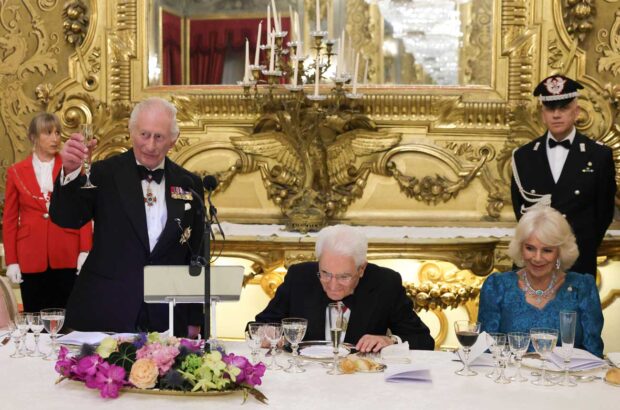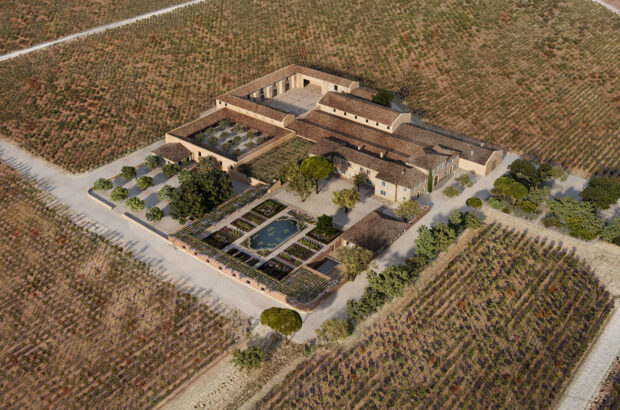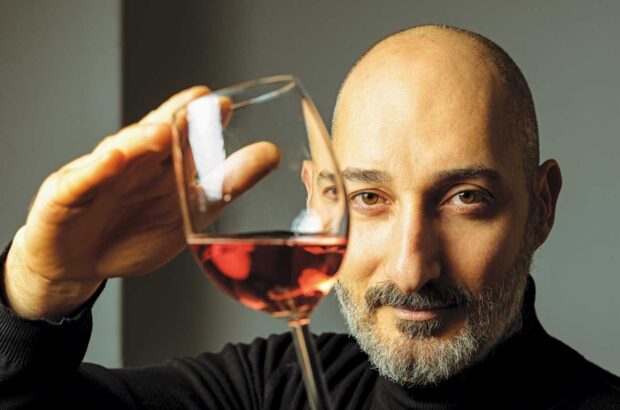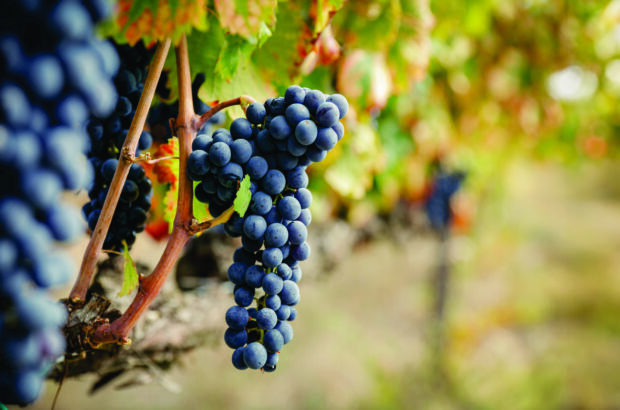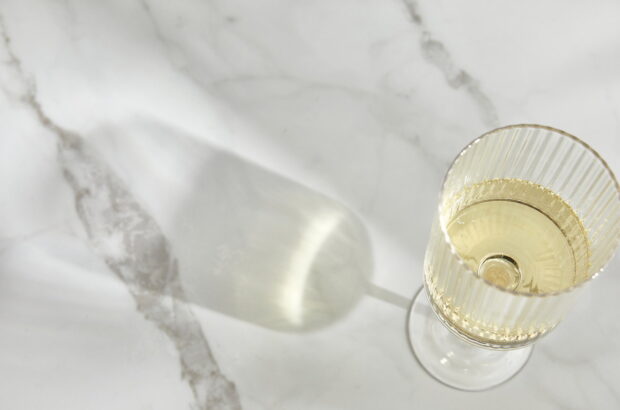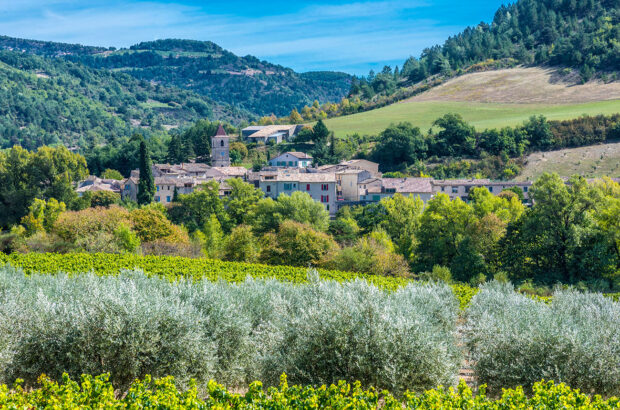Mateus Rosé
- Mateus Rosé is one of the world’s most successful wines with worldwide sales of about two million cases.
- Looking back to those early days, Mateus might now be described as something of a sexist wine.
- Sogrape’s diversification alongside Mateus has been nothing if not rapid.
- ‘We would rather be king in a small market than a prince in a large one.’
https://www.decanter.com/wine-news/mateus-has-makeover-107563/
The walls at the highly polished corporate headquarters of Portugal’s largest wine producer, Mateus, are hung with traditional English prints. The illustrations of Windsor Castle, London and Greenwich are but a gentle reminder of the long-standing links between Portugal and the UK, the world’s oldest and most enduring alliance. It was this alliance that brought port to British shores in the 17th century and has been largely responsible for a very different 20th century wine phenomenon that looks set to continue well into the 21st.
It was during the darkest days of the Second World War that 30 friends came together to create a new Portuguese wine company. Port shipments had sunk to an all-time low of under 11,000 pipes leaving a huge surplus of grapes in the Douro Valley. With a winery rented from the cooperative at Vila Real, little or no technical expertise, but a great deal of enthusiasm, they set about targeting the lucrative Brazilian market. For the first few years the company (officially named the Sociedade Comercial dos Vinhos de Mesa de Portugal) was a huge success. There was a red wine named Vila Real and a white called Cambriz (after the nearby locality of Cambres). Various attempts were made at producing rosé, most of which ended up being poured down the drain. With the help of a French winemaker nicknamed Le Petit de Gaulle, the partners eventually came up with the right formula and went in search of a name. Close to the winery at Vila Real there was a baroque palace which they thought would provide for an eye-catching label. The property belonged to the Duke of Mangualde and, in exchange for the use of the name of the property, the partners offered either a commission of 50 centavos (0.5 escudo) a bottle or a fixed sum. In the end they settled on a contract where they bought grapes from the estate at a 30% premium. The wine was christened Mateus.
Over half a century later, Mateus Rosé is one of the world’s most successful wines with worldwide sales of about two million cases. Sogrape (as the company is now known) is Portugal’s largest wine producer by far, with interests that cover the complete spectrum of the country’s wines and more besides. But Sogrape’s triumph has not come about without a great deal of hard work and a certain amount of heartache for one of the firm’s founding families, the Guedes. When Sogrape fell on hard times after the collapse of the Brazilian market in 1946, Fernando Van Zeller Guedes took charge of the project. For nearly five years, Mateus Rosé languished, unloved and in search of a market. Then, in 1950, Guedes found that the British were waking up to wine. Against all the odds, he put the wine on the market by making friends with key contacts in the UK. ‘Make a friend before doing business’ was (and remains) the Guedes family motto. At the time it certainly helped Portugal to beat off the French rivals which were Tavel and Anjou rosé.
Not much Mateus was sold until the late 1950s but in 1960 it took off, capturing the imagination of a new generation of British wine drinkers. Looking back to those early days, Mateus might now be described as something of a sexist wine. ‘It was a wine enjoyed by women,’ remarks Fernando Guedes, son of the founder and the current president of Sogrape. ‘There was no such thing as marketing in the early 1960s, just simple ideas. Mateus was easy to drink and aimed at women. Many marriages were made over Mateus!’
In order to satisfy demand, Sogrape built a new winery at Vila Real in 1963, however, the wine continued to be hand-bottled in a convent near the waterfront in Oporto. At the time there were no bottling lines that could handle the distinctive Mateus flagon, the shape of which was inspired by a Portuguese First World War cantil or water-bottle. Until a state-of-the-art bottling plant was built at Avintes outside Oporto in 1967, Fernando Guedes remembers that it took 750 people just to bottle Mateus Rosé.
Mateus continued to grow through the late 1960s and 1970s, by which time there was no longer sufficient raw material in the Douro to supply the brand. In 1975 (at the height of the revolution in Portugal) Sogrape built a new winery at Anadia in the Bairrada region, the astringent Baga grape being ideal for the production of rosé. Sales continued to increase, peaking in 1983 at three million cases shared between 125 markets worldwide, with the UK and USA taking the lion’s share. The father of Mateus, Fernando Van Zeller Guedes, died the following year.
Despite the acquisition of the leading wine producer in Dão in 1957, Mateus Rosé represented 95% of the Sogrape’s sales in the mid-1980s. ‘At that time the brand was pushing the company,’ says Salvador Guedes, who now represents the third generation of the founding family to enter the firm, ‘and with sales starting to fall it was clear that we had to diversify’. In 1987 Sogrape acquired the port shipper Ferreira and began looking at the other major wine regions of Portugal.
‘We decided right from the start that we would not work with foreign grape varieties,’ says Guedes. I wondered if this was just a bit of nacionalismo (nationalism) but he added, ‘we felt it was too late to enter the international sector in terms of grape varieties. Mateus was different from the rest and we wanted to continue to be different.’ Sogrape’s diversification alongside Mateus has been nothing if not rapid. The company now has interests in five major Portuguese wine regions: Vinho Verde, Douro, Dão, Bairrada and Alentejo. They were pioneers in Dão, setting up the first independent winery in the region after the moribund cooperatives lost their monopoly in 1990. ‘Quinta dos Carvalhais marked the beginning of a new era in Dão,’ observes Fernando Guedes. ‘We are setting an example to others.’ Tasting the wines it is impossible to disagree. Combining wholesome fruit, supple tannins and finesse, they are a complete transformation of the dried out, boney reds that were characteristic of Dão 10 years ago.
Sogrape’s diversification continued apace, with the acquisition of Offley Ports in 1990 involving a share swap with Bacardi-Martini. Six years later (after much searching) it bought Herdade do Peso in the Alentejo and set about building it up into one of the region’s leading estate-bottled wines. The following year, Sogrape made its first foray outside Portugal (the first Portuguese wine producer to do so) when it bought Finca Flichman, an estate with over 400 hectares of vineyard in the Mendoza and Tupungato in Argentina. ‘We had been looking to invest abroad for some time,’ says Salvador Guedes. ‘There was no where to go in Europe, and Australia, California and Chile were already well-worked. We considered South Africa but settled on Argentina, which was still technologically quite backward. Eventually we were given just three days to buy Flichman!’
After this rampant diversification, Sogrape is undergoing a period of retrenchment and consolidation. ‘We are focusing on three crucial areas,’ explains Salvador Guedes. ‘Our production is well established and well organised but Portuguese viticulture is still weak. We want to be much less reliant on outside growers and become more auto-sufficient. Especially for Reserva wines like Dão, Duque de Viseu and the Alentejo’s Vinho do Monte. Mateus aside, we also need to improve our marketing and distribution on foreign markets. We have lots of work to do with Portuguese wines.’
But what of Mateus Rosé? Has there been a tendency to conceal or forget about the brand? ‘Not in the least,’ exclaim both Guedes’, father and son, with great pride: ‘Mateus continues to be our principal activity in parallel with our other wines.’ Having seen sales retreat by a million cases since 1983, largely due to a huge fall in the USA, Mateus is officially described as a stable brand. It is still deceptively strong in the UK, Italy and Denmark, and has seen significant growth in Spain, Australia, Japan and Belgium. ‘Don’t forget,’ says Salvador Guedes, ‘that rosé is a very small sector of the market and we would rather be king in a small market than a prince in a large one’.
Mateus continues to attract new consumers in emerging markets. Strangely enough though, it has never really caught on at home in Portugal although it continues to be the fourth largest market fuelled by huge sales in the Algarve. The style of Mateus Rosé has developed gradually in line with international taste in wine. In the early 1990s the wine was fine-tuned to make it slightly drier while at the same time the system of fermenting at low temperatures throughout the year ensures that when the wine reaches the consumer it is as fresh as it possibly can be. Technologically, Mateus is superb, as I found when drinking a glass with Fernando Guedes at Sogrape’s baronial Quinta do Azevedo in the Vinho Verde region. ‘The problem is that people won’t admit to drinking it,’ remarks Salvador Guedes. ‘They drink it behind the curtains, but they still drink lots and lots of bottles!’



